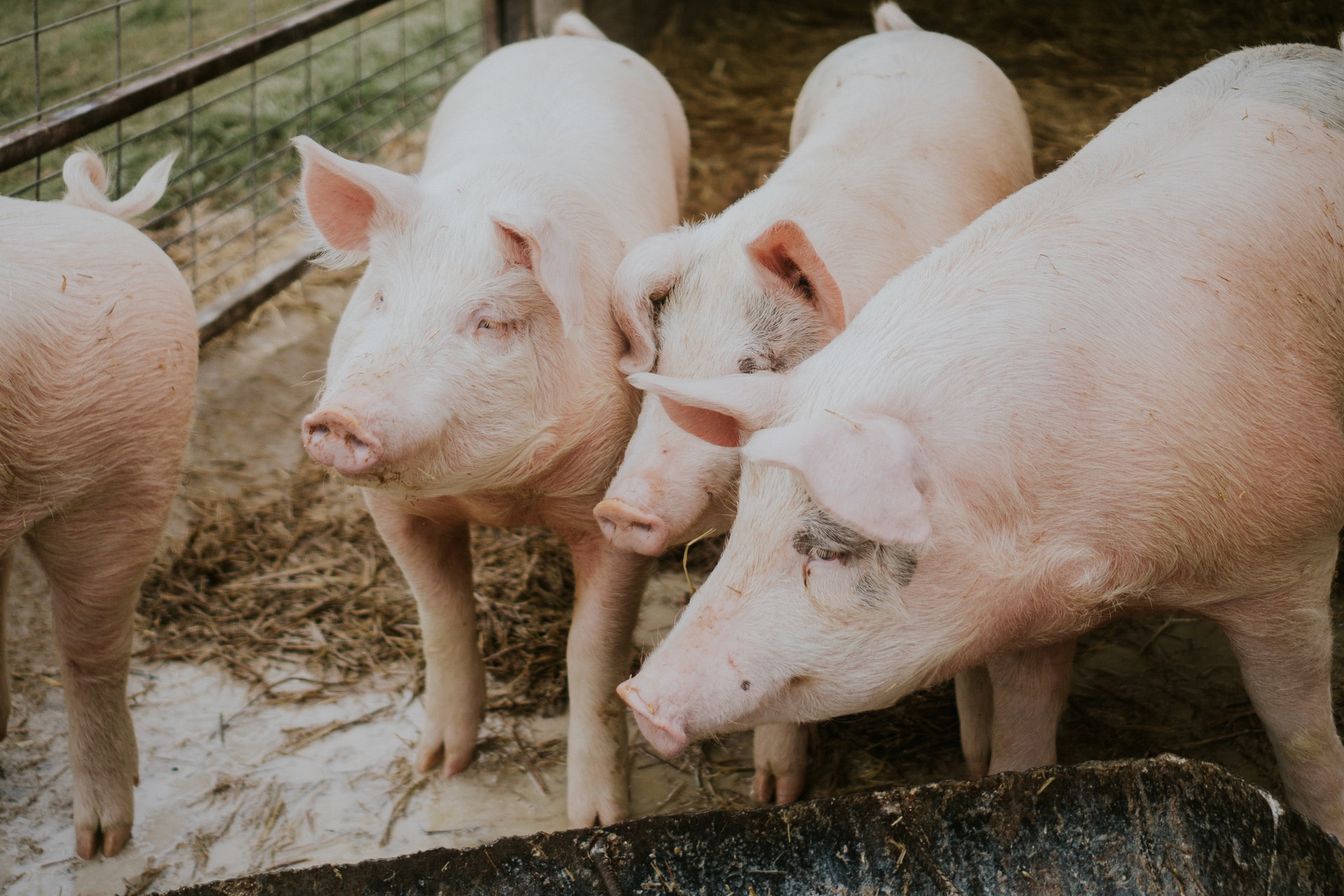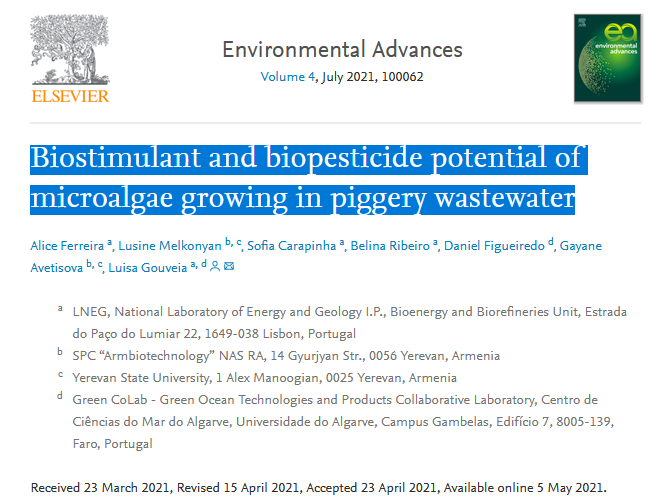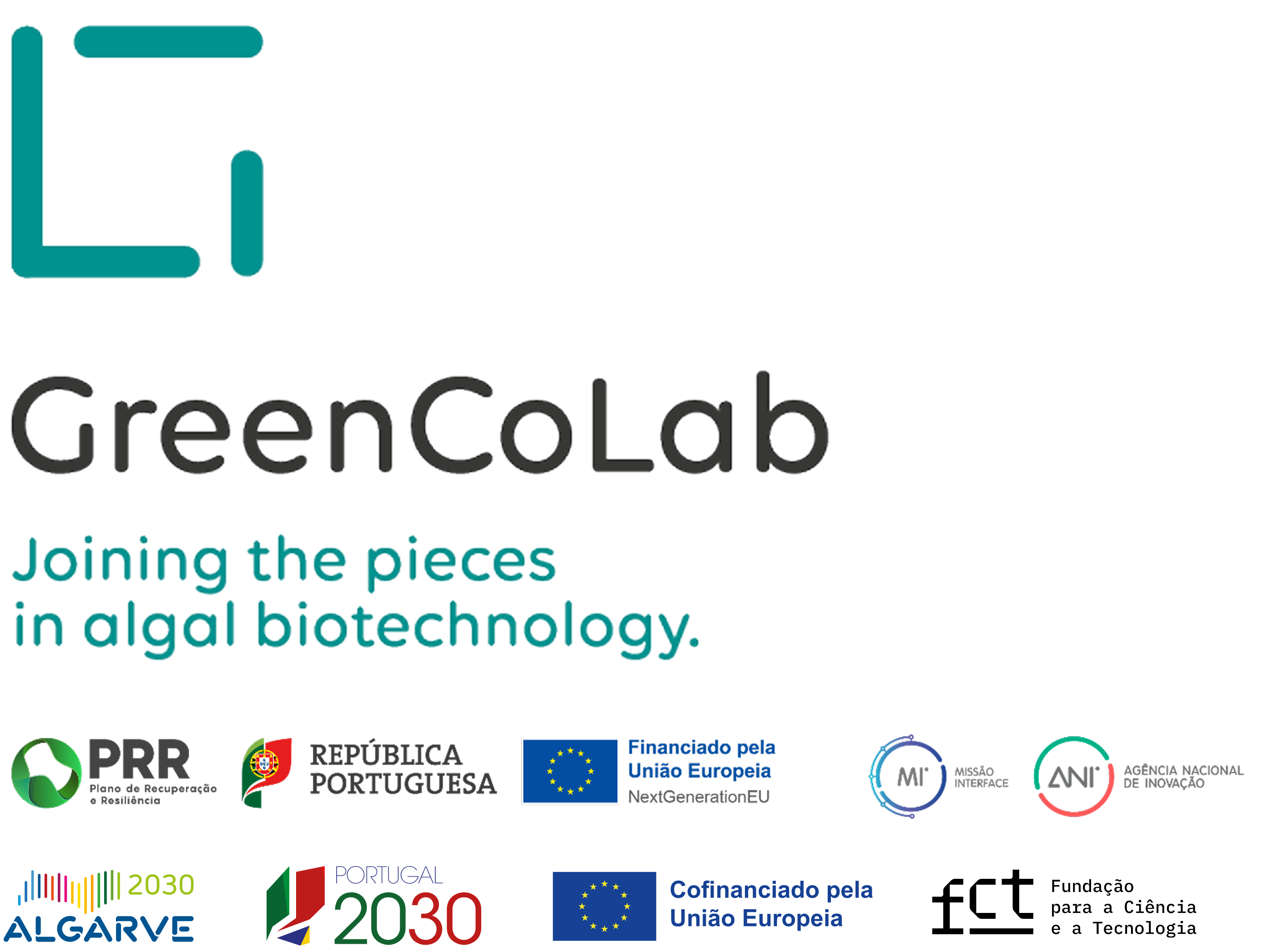

TITLE
Biostimulant and biopesticide potential of microalgae growing in piggery wastewater
JOURNAL
Environmental Advances
AUTHORS
Alice Ferreira, Lusine Melkonyan, Sofia Carapinha, Belina Ribeiro, Daniel Figueiredo, Gayane Avetisova, Luisa Gouveia
ABSTRACT
Pig farming generates highly polluting wastewaters which entail serious environmental issues when not adequately managed. Microalgae systems can be promising for cost, energy and environment-efficient treatment of piggery wastewater (PWW). Aside from clean water, the produced biomass can be used as biostimulants and biopesticides contributing to a more sustainable agriculture. Three microalgae (Tetradesmus obliquus, Chlorella protothecoides, Chlorella vulgaris) and one cyanobacterium (Synechocystis sp.) were selected after a preliminary screening in diluted wastewater (1:20) to treat PWW. The nutrient removals were 62-79% for COD (chemical oxygen demand), 84-92% for TKN (total Kjeldahl nitrogen), 79-92% for NH4+ and over 96% for PO43−. T. obliquus and C. protothecoides were the most efficient ones.After treating PWW, the produced biomass, at 0.5 g L−1, was assessed as a biostimulant for seed germination, root/shoot growth, and pigment content for tomato, watercress, cucumber, soybean, wheat, and barley seeds. We observed an overall increase on germination index (GI) of microalgae-treated seeds, owing to the development of longer roots, especially in T. obliquus and C. vulgaris treatments. The microalgae treatments were especially effective in cucumber seeds (75-138% GI increase).The biopesticide activity against Fusarium oxysporum was also evaluated at 1, 2.5 and 5 g L−1 of microalgae culture. Except for Synechocystis sp., all the microalgae tested inhibited the fungus growth, with T. obliquus and C. vulgaris achieving inhibitions above 40% for all concentrations.



